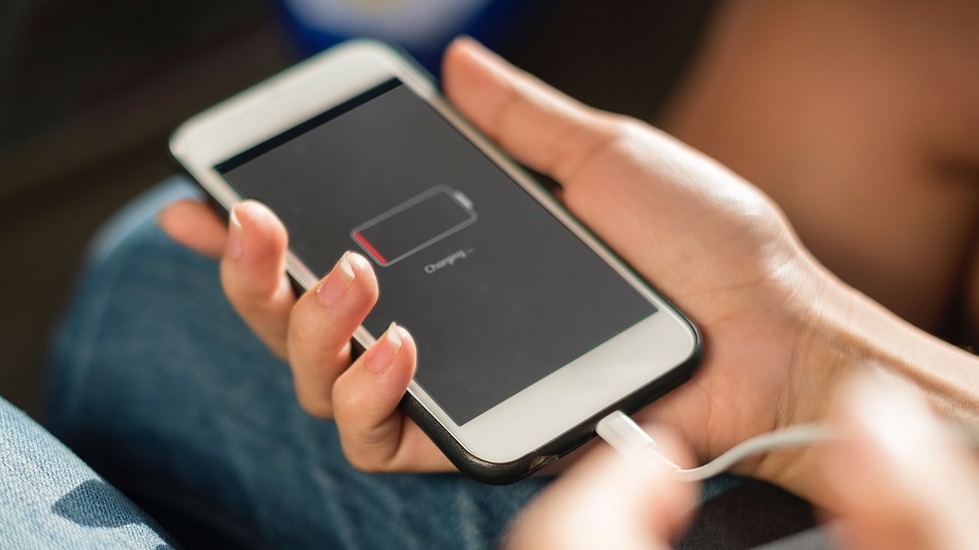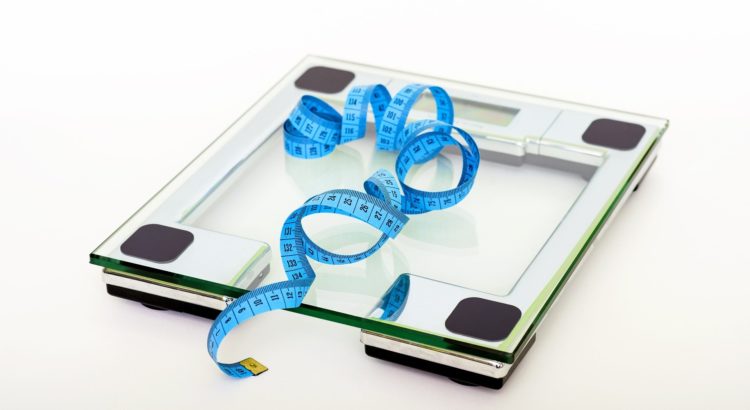How many times have you heard the phrase “eat less, exercise more”? While that sounds fairly straightforward, chances are that you may have tried it and ended up hungry, frustrated, fatigued, and with more body fat than you began with.
This is because, unfortunately, it’s not that simple.
Think about your hunger levels on a day that you exert yourself more than usual. You probably felt a lot hungrier than the lazy Sunday you spent watching TV, right? That’s because when you exercise, you need more calories! Calories are energy. Just like gas is energy for your car, sun is energy for plants, and your phone needs a battery to run, calories are a unit of energy that allow us to keep the wheels turning. What would happen if you consumed no energy for an extended period of time? Well, eventually, you would die! Energy is necessary for survival!

Quite commonly, people get into a state where they are not eating enough for health and certainly not for performance. If you have a high calorie output, you need a high calorie input to fuel the activity you’re doing. And if you have a high calorie input, chances are your resting metabolic rate is also fairly high. This means you have more calories to spare (burn) even when you’re doing nothing at all, such as sleeping. If all of a sudden, your calorie input drops, your resting metabolic rate will also drop in order for the body to conserve the energy you’re no longer giving it. This is called low energy availability.

After even a short period of low energy availability, females can experience anovulation, hormone dysfunction, and progesterone insufficiency, and inadequate thyroid function can occur after only 4 days. That is not a situation you want to be in! Low energy availability is also associated with severely decreased resting metabolic rate. As your body tries to adapt to a lower number of calories and conserve energy, your resting metabolic rate can decrease by 500-600 calories in just a few weeks. That’s a significant decrease in energy expenditure! Think of your iPhone when it gets below 20% battery – it goes into energy saving mode, right? Your body does the same thing!
On top of all that, when you start exercising, you need more calories! If you don’t give your body the calories it needs for health and performance, you’ll find yourself in a catabolic state, which means your muscle tissue will start breaking down and you’re likely to notice an increase in abdominal adiposity (belly fat). In the long term, chronic low energy availability can contribute to obesity, which can send signals to your brain that you need to maintain a larger mass.
The bottom line is that if you’re nervous about the seemingly high calories as you start your G-Plans journey, those calories are necessary and important. Trust the process!

